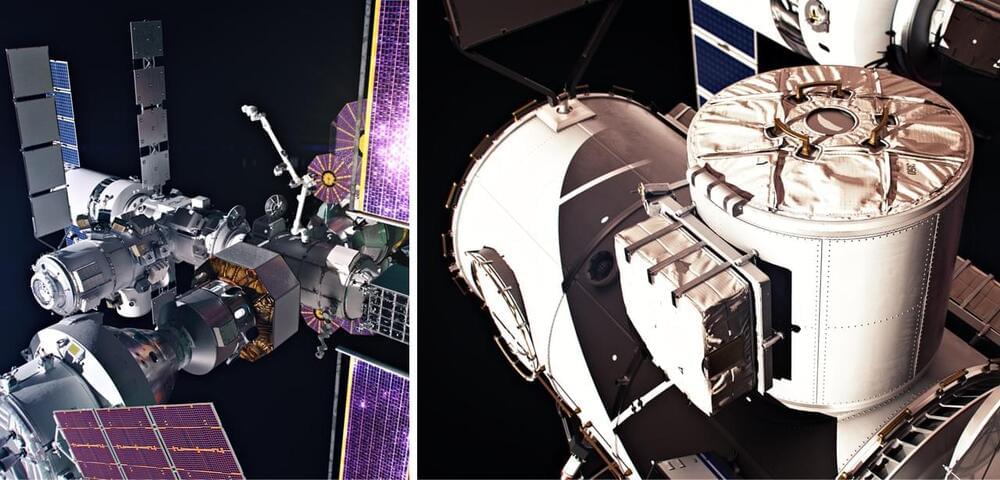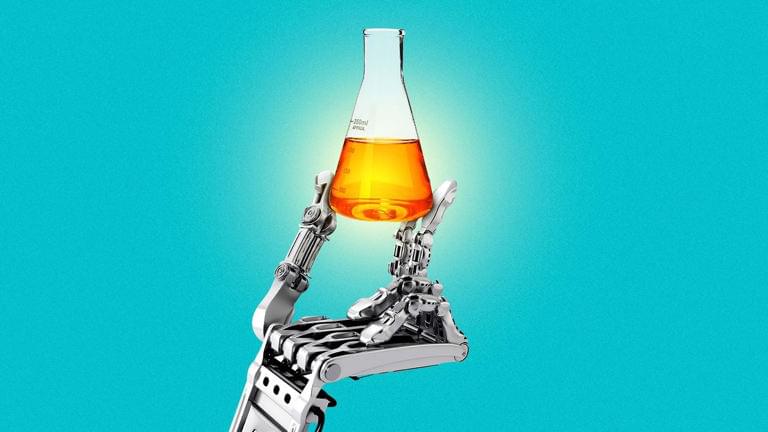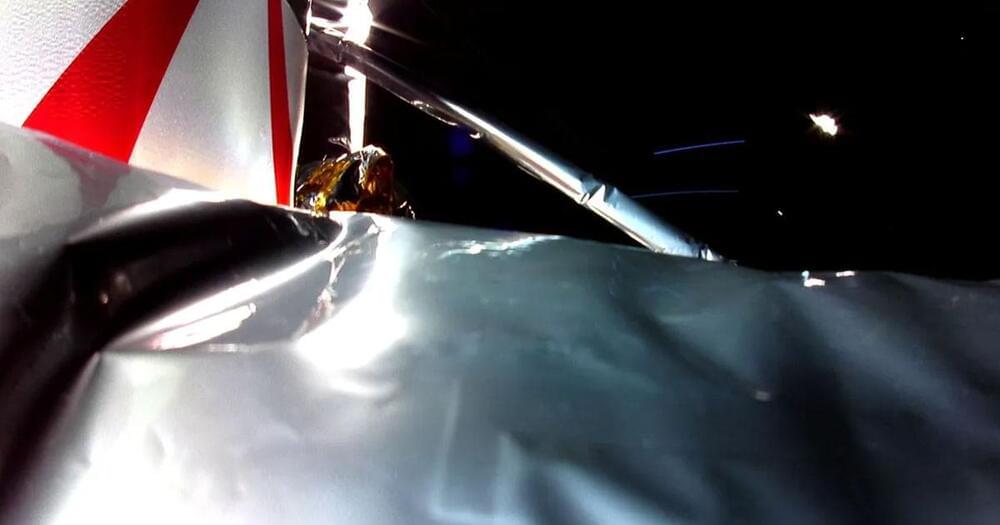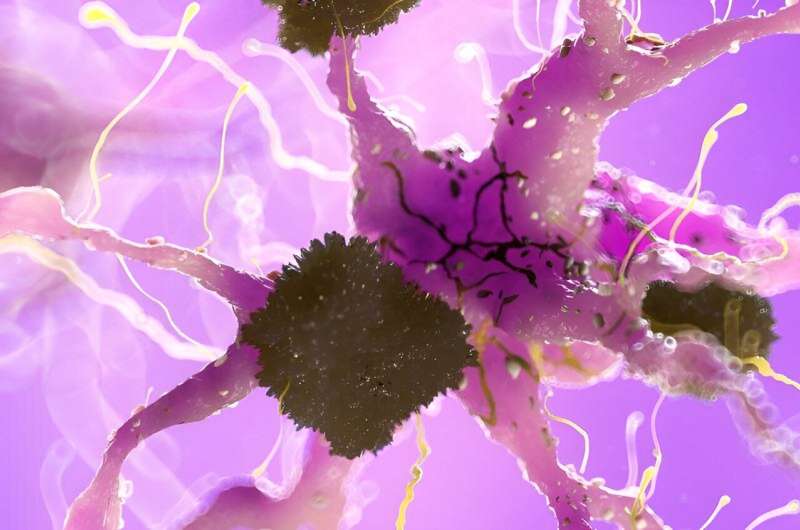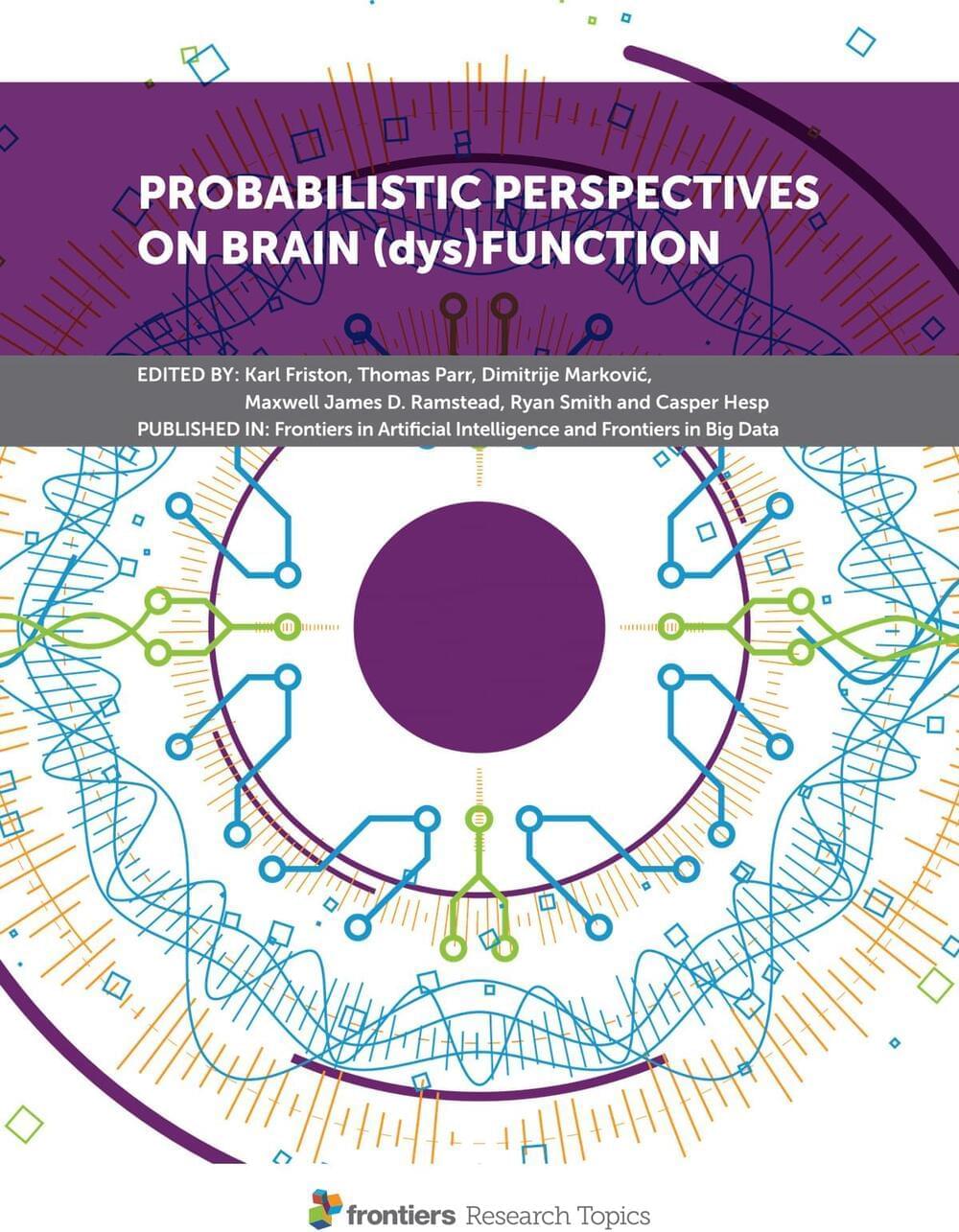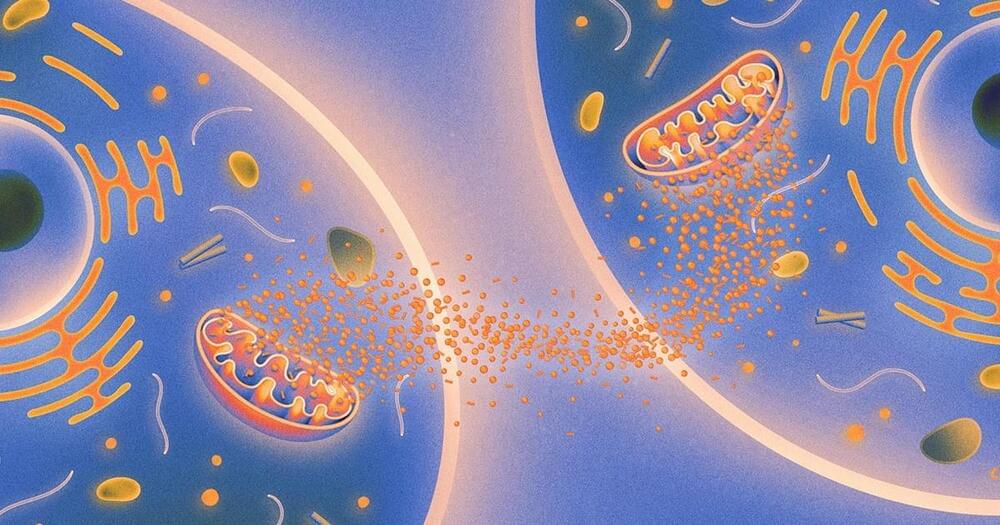In a major step towards returning humans to the Moon for the first time since 1972, the Mohammed bin Rashid Space Centre (MBRSC) of the United Arab Emirates (UAE) recently announced they will be providing the airlock for NASA’s Lunar Gateway, which is the planned space station that will be in orbit around the Moon and responsible for ferrying future astronauts to and from the lunar surface.
Artist’s rendition of the Lunar Gateway (left) and a potential future airlock provided by the UAE (right). (Credit: NASA)
“The United States and the United Arab Emirates are marking a historic moment in our nations’ collaboration in space, and the future of human space exploration,” said NASA Administrator Bill Nelson. “We are in a new era of exploration through Artemis – strengthened by the peaceful and international exploration of space. The UAE’s provision of the airlock to Gateway will allow astronauts to conduct groundbreaking science in deep space and prepare to one day send humanity to Mars.”
